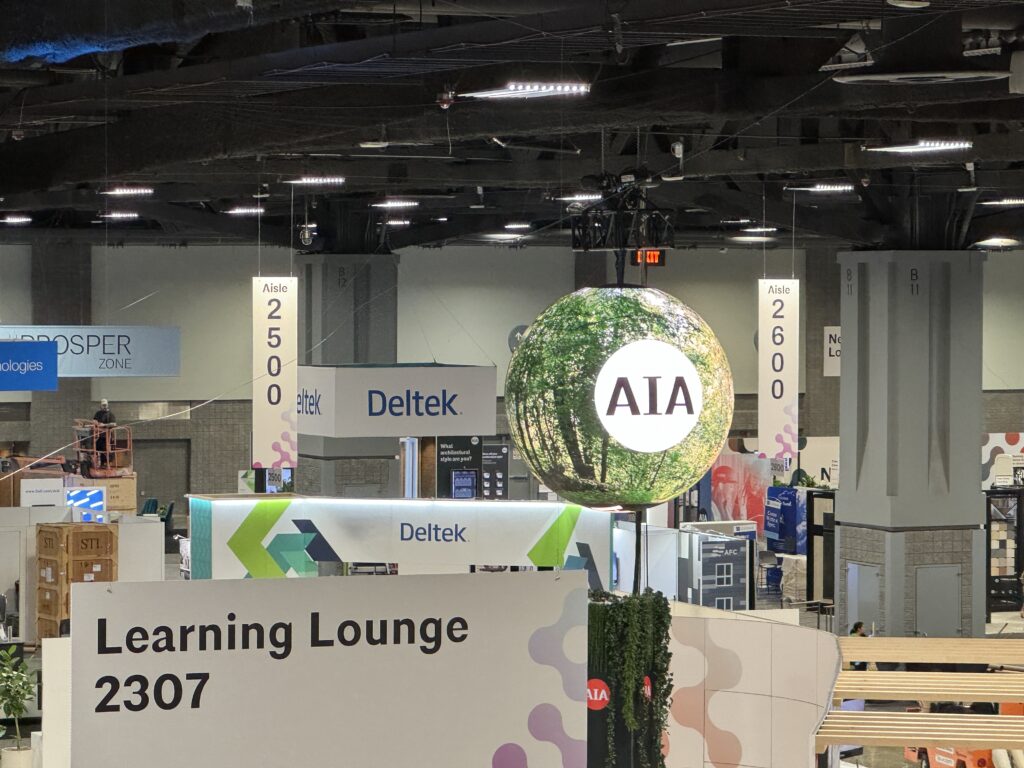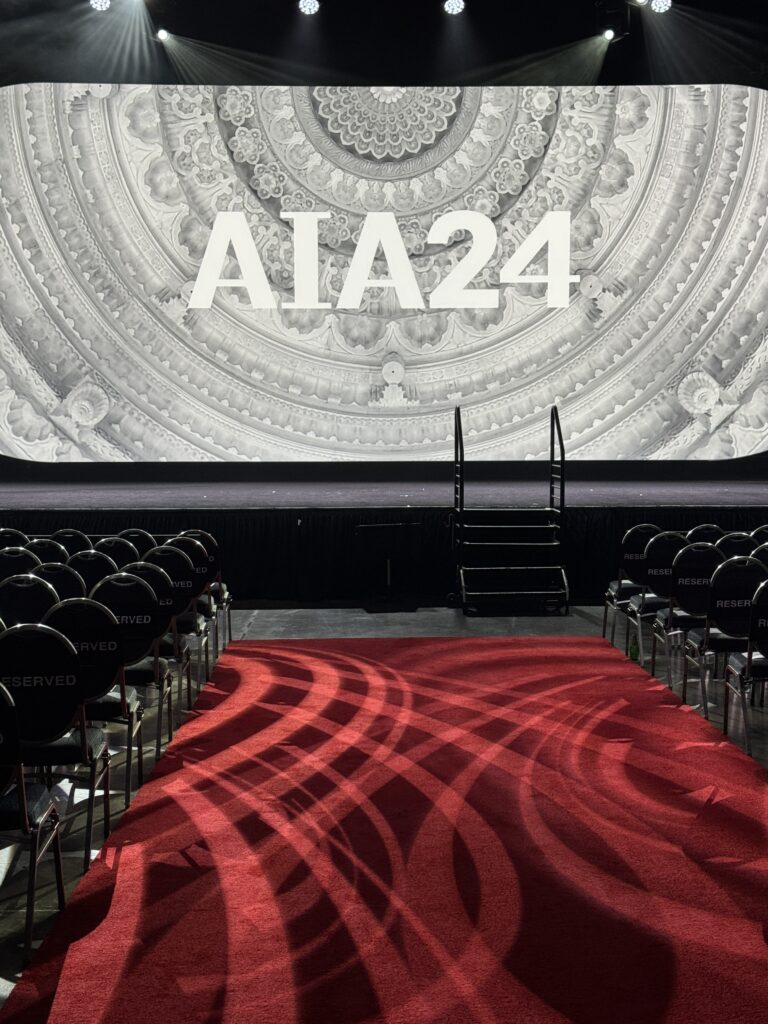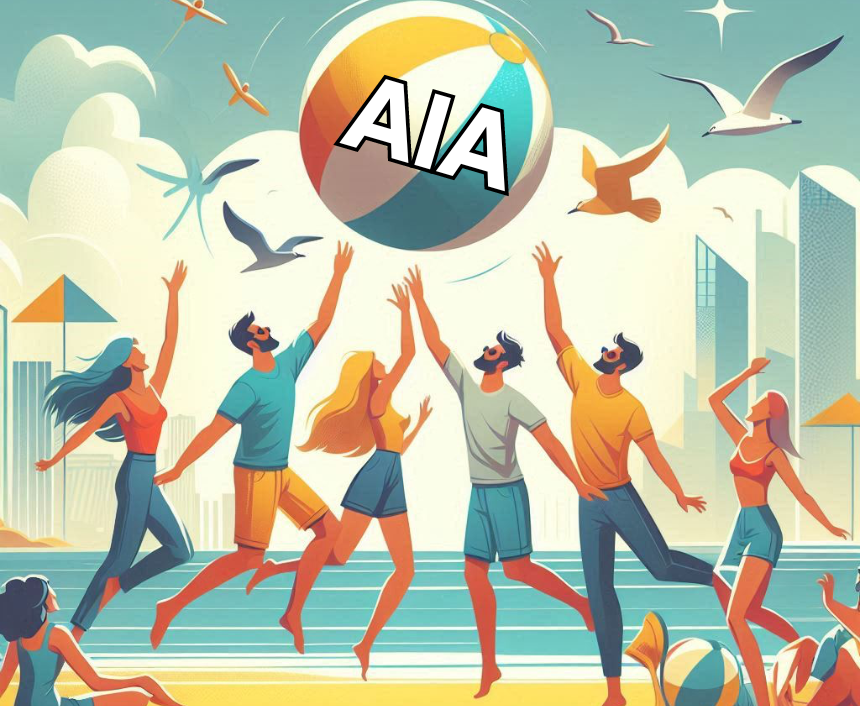Attending my first AIA conference in Washington, DC earlier this month was a milestone your humble editor had eagerly anticipated. I have long thought that IES and IALD could learn a thing or two from AIA and their impressive 98,000-strong membership. My mission was clear: discover any best practices to share with my colleagues. Little did I know, AIA’s spectacular conference was held amid turmoil.

The AIA conference was a grand spectacle, seemingly flawless. The organization expected 15,000 attendees, and the exhibit space was completely sold out, featuring 110 more exhibitors and 8,000 additional square feet compared to 2023. The booths were stunning, and the AIA ball was a miniature version of the Las Vegas Sphere, a sight to behold.
I attended several sessions, starting with ET139, “Illuminating Art: Lighting Design in the Historic Museum Environment.” The event was hosted by Eileen Pierce of Pierce Lighting Studio, and Scott Rosenfeld, a lighting designer at the Smithsonian Institute. The session was enlightening, highlighting the meticulous work involved in museum lighting. Read my article at designing lighting (dl).
However, one peculiar detail caught my attention: despite visiting the Press Room eight times, I never encountered any AIA employees there to answer my questions. It was an oddity that I brushed off at the time, attributing it to the busy nature of the event.
Bloomberg’s Article
It was only after the conference that I read a very damning article, by Kriston Capps of Bloomberg. Twenty-two former presidents of the American Institute of Architects (AIA) had raised serious allegations against the current leadership. The letter, accused the organization of misconduct, misspending, nepotism, and workplace retaliation under the executive vice president and CEO, Lakisha Ann Woods. A glaring example was a lavish staff retreat to a luxury resort in the Dominican Republic, involving over 100 employees, at a time when the AIA was grappling with significant financial deficits.

Best Practices
Ironically, while I had been on the lookout for best practices to report back to IES and IALD, the only lesson I could glean was one they already excelled at: maintaining financial prudence. The grandeur of the AIA conference masked the underlying turmoil.
In retrospect, I wish I had attended the ET303 session, “Conflict Zones: An Interactive Community Listening Tour.” Based on Bloomberg’s account, it seemed the entire AIA staff and officers would have greatly benefited from such a course.




